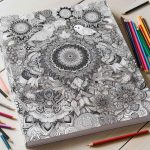This website uses cookies so that we can provide you with the best user experience possible. Cookie information is stored in your browser and performs functions such as recognising you when you return to our website and helping our team to understand which sections of the website you find most interesting and useful.

Best Colored Pencils for Shading Techniques
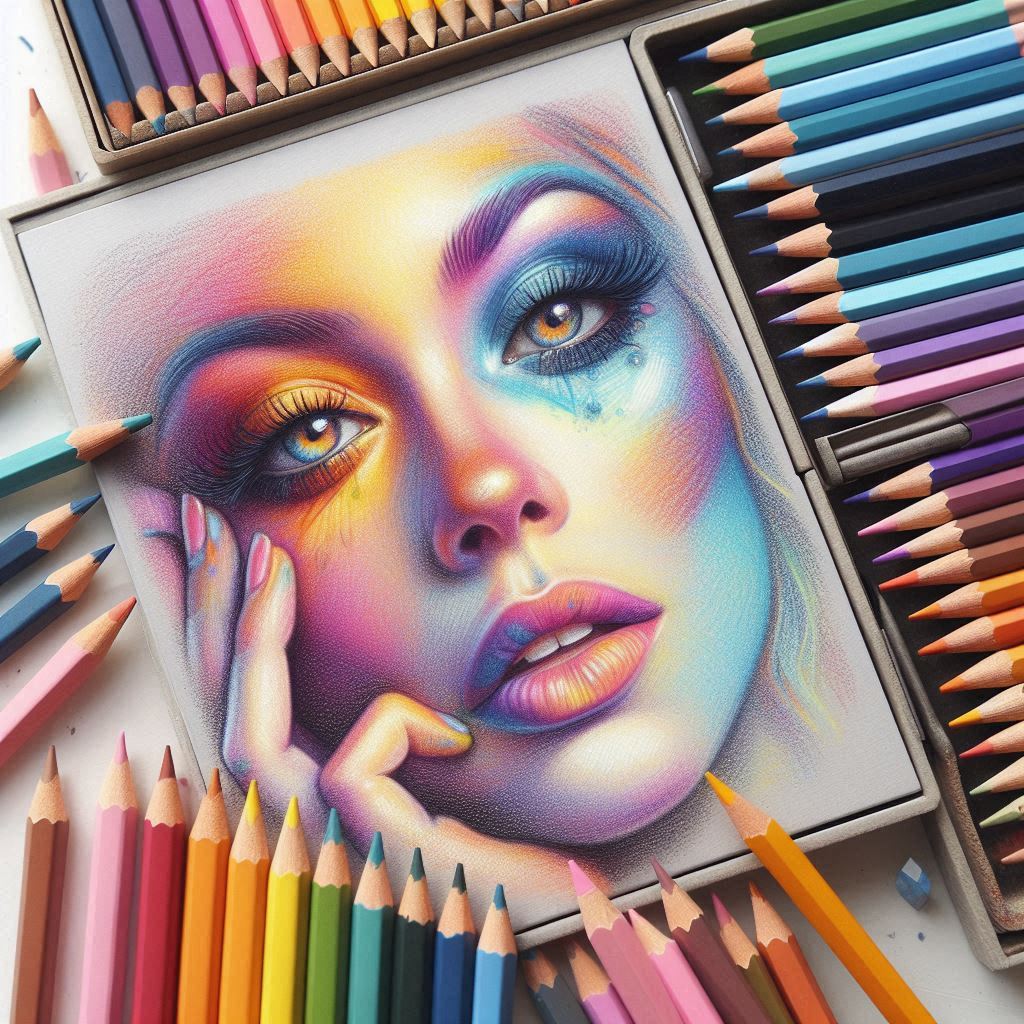
Choosing the Right Colored Pencils for Shading
Selecting the ideal colored pencils for shading is crucial for achieving the desired artistic effects. This section will guide you through the considerations of budget versus professional grade and the significance of pigment to binder ratio.
Budget vs. Professional Grade
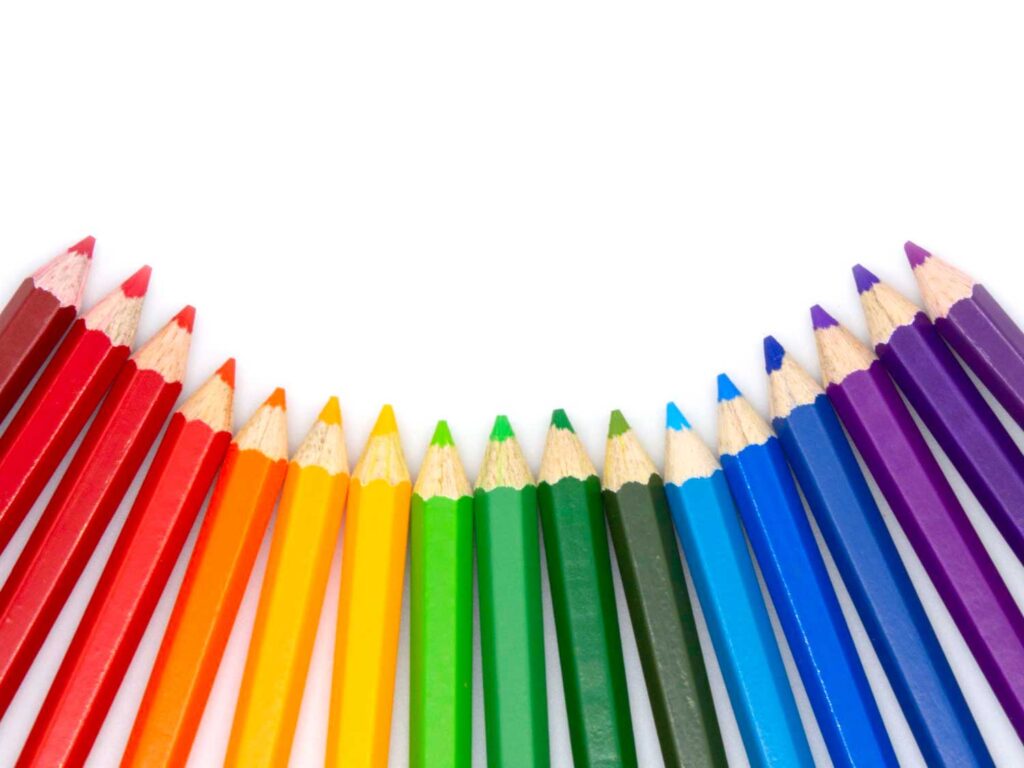
Colored pencils are broadly categorized into three groups based on price and quality: budget, student-grade, and professional-grade. Understanding these categories can help artists make informed decisions.
Budget Pencils:
- Typically designed for children and non-artistic purposes.
- Made from lower quality wood, making them prone to breaking.
- Often difficult to sharpen and may break entirely if dropped.
Student-Grade Pencils:
- A step up from budget pencils, offering better quality but still not ideal for professional work.
- Suitable for beginners and hobbyists.
Professional-Grade Pencils:
- Contain higher amounts of pigment and less binder, resulting in richer, more vibrant colors.
- Made from high-quality materials, reducing the likelihood of breakage.
- Recommended for serious artists who require consistency and precision in their work.
| Type | Pigment Quality | Durability | Price Range |
|---|---|---|---|
| Budget | Low | Low | $5 – $15 |
| Student-Grade | Moderate | Moderate | $15 – $40 |
| Professional-Grade | High | High | $40+ |
For those looking to invest in quality colored pencils, exploring professional color pencils is a great starting point.
Pigment vs. Binder Ratio
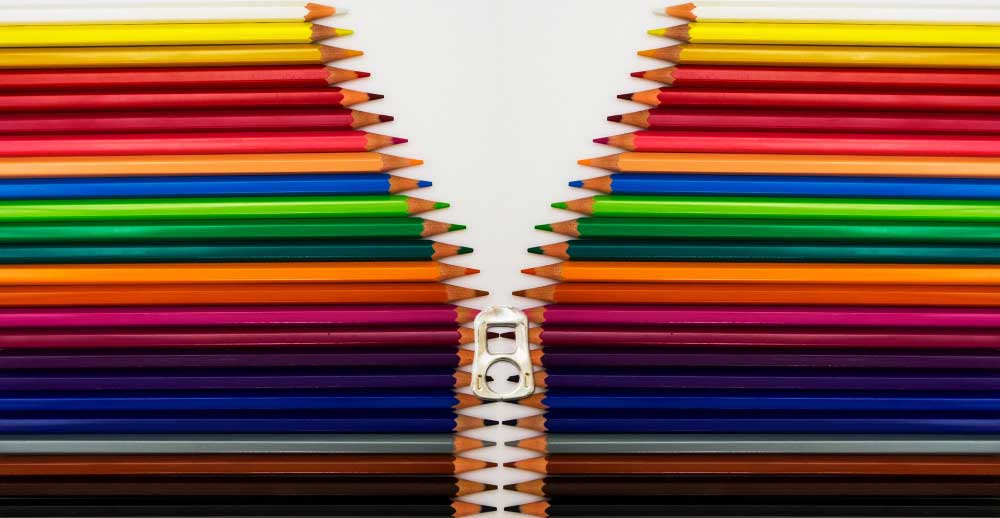
The ratio of pigment to binder in colored pencils significantly affects their performance, especially for shading techniques. Understanding this ratio can help artists choose pencils that offer the best color payoff and application.
Pigment:
- The colored component that provides the hue.
- Higher pigment content results in more vibrant and intense colors.
- Essential for achieving rich and layered shading effects.
Binder:
- The substance that holds the pigment together and allows it to adhere to the paper.
- More binder means a harder pencil, which can be less vibrant but more durable.
- Less binder means a softer pencil, offering smoother application and better blending capabilities.
| Type | Pigment Content | Binder Content | Color Vibrancy |
|---|---|---|---|
| Budget | Low | High | Low |
| Student-Grade | Moderate | Moderate | Moderate |
| Professional-Grade | High | Low | High |
Professional-grade pencils, such as the Faber-Castell Polychromos Colour Pencils, are highly recommended for shading due to their high pigment content and minimal binder. These pencils are oil-based, soft, do not crumble under pressure, and offer brilliance of color when applied in layers. For more options, check out our guide on best color pencils for artists.
Choosing colored pencils with the right balance of pigment and binder is essential for artists who want to achieve smooth and vibrant shading. For additional information on colored pencils with unique characteristics, explore our articles on metallic colored pencils and pastel colored pencils.
Characteristics of Colored Pencils
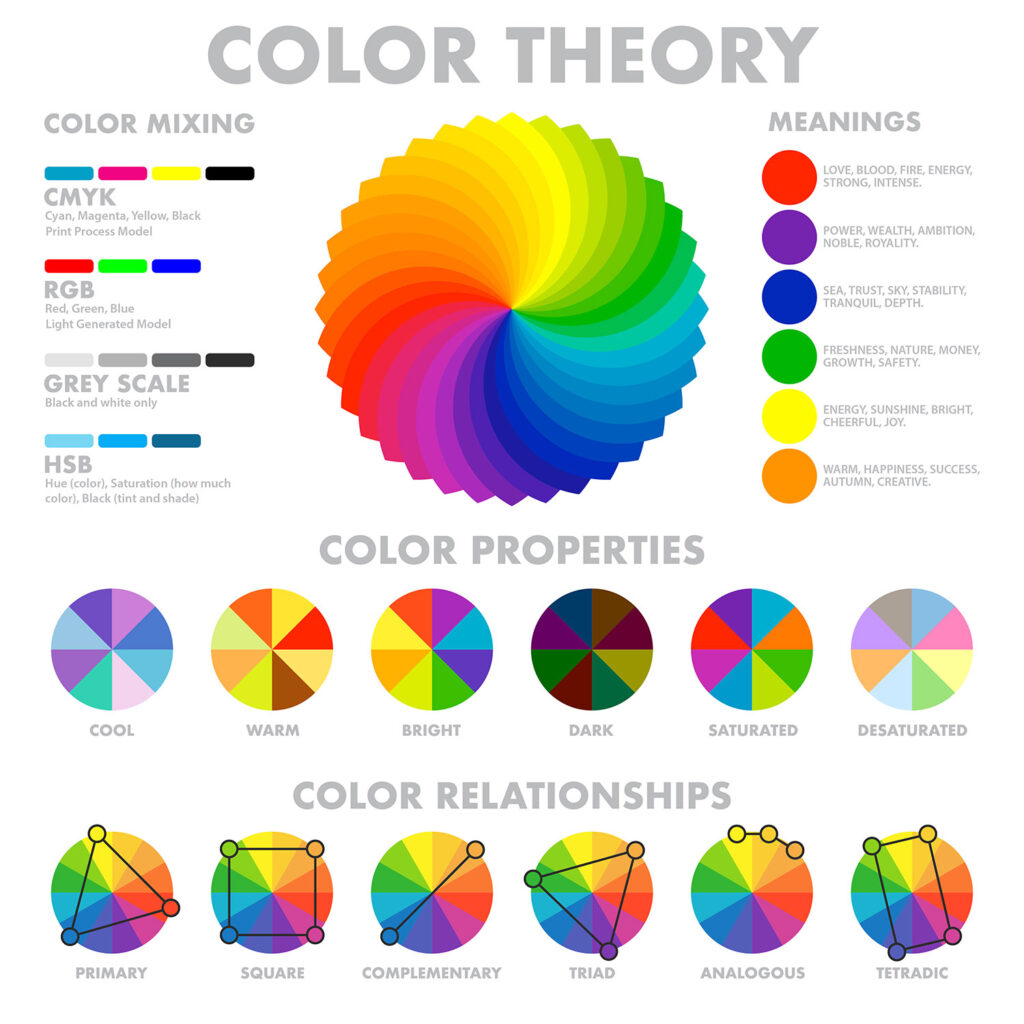
Understanding the key characteristics of colored pencils is essential for artists looking to master shading techniques. These characteristics include the hardness and softness of the pencils and tips for selecting the right colors.
Hardness and Softness
The hardness or softness of colored pencils significantly impacts the texture and detail of the artwork. Softer pencils create more texture and are ideal for blending and layering, while harder pencils are better suited for detailed sketching and precise lines.
| Pencil Type | Hardness/Softness | Best For |
|---|---|---|
| Softcore Colored Pencils | Soft | Blending, Layering |
| Hard Colored Pencils | Hard | Detailed Sketching |
| Pastel Colored Pencils | Very Soft | Smudging Effects |
- Softcore Colored Pencils: Soft pencils, like Prismacolor Premier Soft Core Colored Pencils, offer a vibrant range of colors and blend easily. These pencils are excellent for creating smooth gradients and rich textures but may not hold a sharp point as well as harder pencils. Learn more about softcore colored pencils.
- Hard Colored Pencils: Harder pencils provide more control and are ideal for intricate details. They are less prone to breaking and are excellent for fine lines and crisp edges.
- Pastel Colored Pencils: Pastel pencils are very soft and can achieve beautiful, smudged effects. However, they may require a fixative to prevent smudging over time. Check out our section on pastel colored pencils.
Choosing the right type of pencil depends on your artistic needs and the effects you want to achieve in your shading techniques.
Color Selection Tips
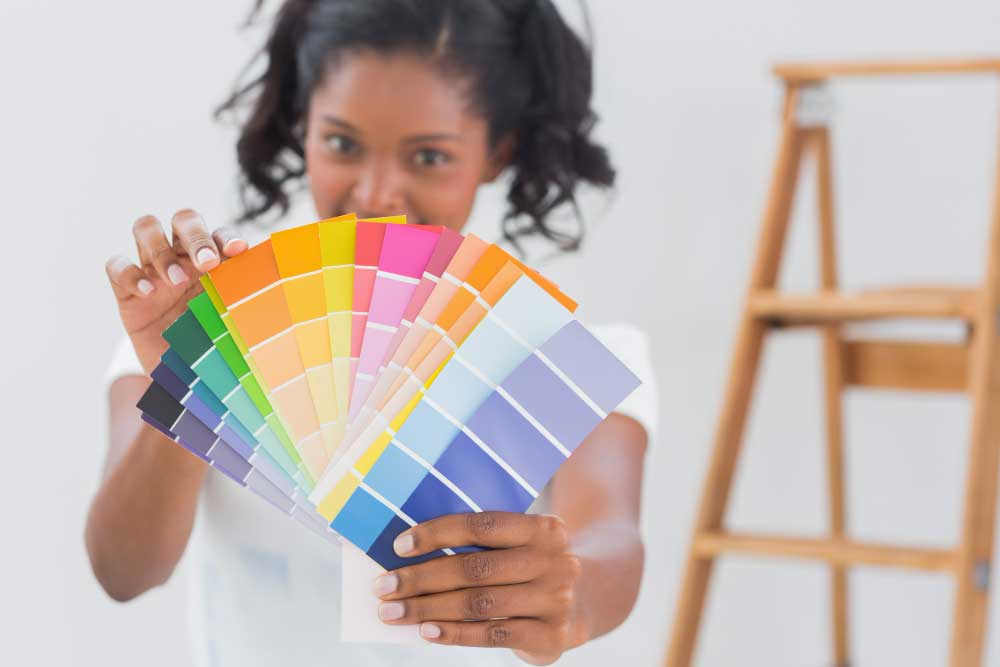
Selecting the right colors for your colored pencils involves considering various factors, including personal preference, drawing style, and the colors of the objects being depicted. Here are some tips for choosing the best colors:
- Harmonious Colors: Choose colors that complement each other and create a harmonious palette. This helps in achieving a cohesive look in your artwork.
- Vibrant Colors: Opt for pencils that offer vibrant and rich colors, like Prismacolor Premier Soft Core Colored Pencils. These pencils provide a wide range of hues that blend seamlessly.
- Specific Needs: Depending on your project, you may need specialized pencils like metallic colored pencils for shimmer effects or neon colored pencils for bright, eye-catching details.
For a comprehensive guide on selecting the best colored pencils for your needs, visit our article on best color pencils for artists.
By understanding the hardness and softness of pencils and following the right color selection tips, you can enhance your shading techniques and create stunning artwork with the best colored pencils for shading.
Techniques for Shading with Colored Pencils
Mastering shading techniques with colored pencils can significantly enhance your artwork. Let’s dive into two essential techniques: layering and blending, and shading exercises.
Layering and Blending
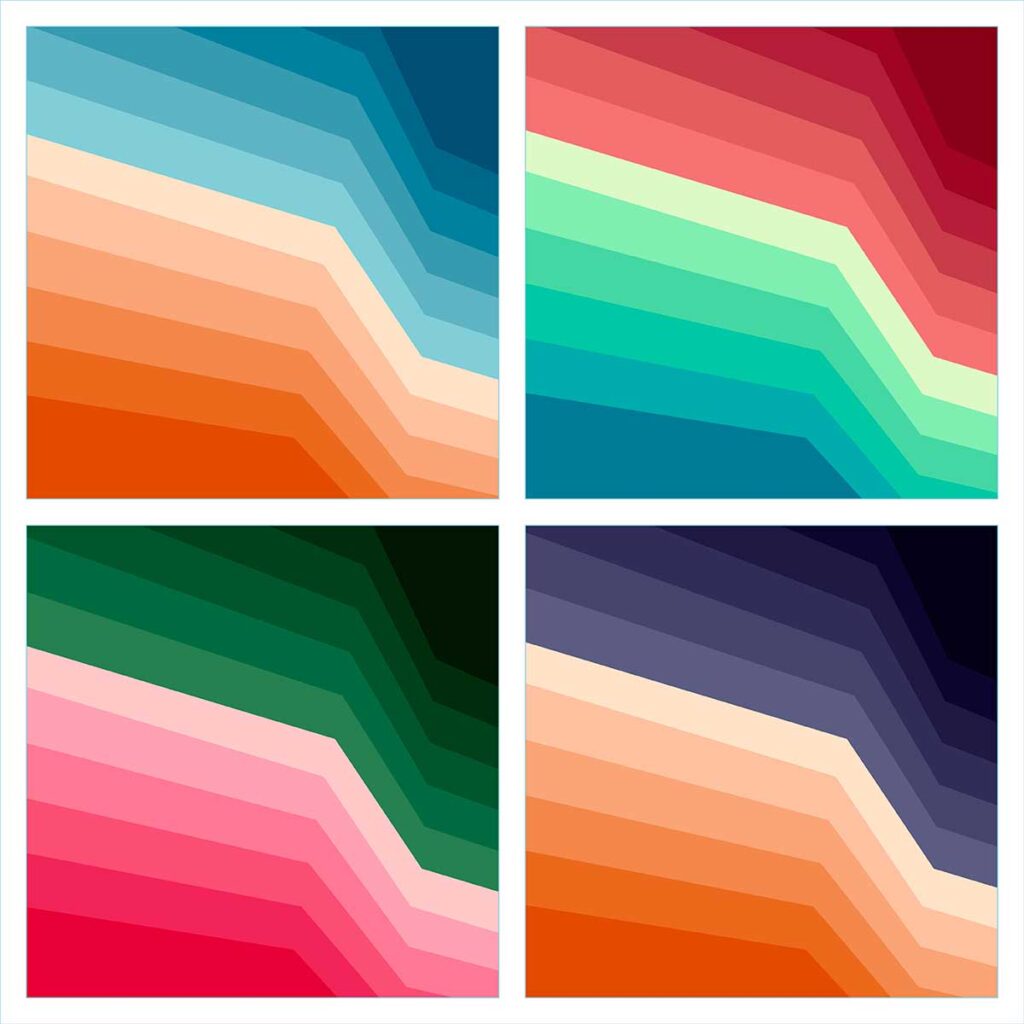
Layering and blending are fundamental techniques for artists using colored pencils for shading. These methods help create depth, texture, and smooth transitions in color.
Layering involves adding multiple layers of light color on top of one another. The pressure applied to the pencil can change the intensity of the color. Light pressure results in lighter shades, while heavier pressure yields darker shades that are harder to erase.
Blending can be achieved by adjusting the pressure applied to the pencils. Using the side of the pencil allows for a softer, blended feel. Tools like blending stumps or pieces of paper can also help smooth out the gradations.
| Technique | Description | Tools Needed |
|---|---|---|
| Layering | Applying multiple layers of light color | Colored pencils, light pressure |
| Blending | Creating smooth transitions in color | Colored pencils, blending stump, paper |
For more tips on selecting the best tools, visit our guide on professional color pencils.
Shading Exercises
Practicing different shading exercises can help you develop a range of textures and effects. Here are some popular techniques:
Hatching: Drawing lines parallel to each other. The distance between the lines determines the shade. Closer lines result in darker values.
Cross-hatching: Using straight lines that cross over each other. The density of the lines dictates the darkness. Pairing complementary colors can add contrast.
Scribbles: Creating textured effects by using random, overlapping circular strokes. This is useful for depicting rough surfaces.
Layer and Blend: Using the side of the pencil for soft, blended strokes. Adjusting pressure and using blending tools can achieve smooth gradations.
Contouring: Following the form of the subject with curved lines to create a 3D effect.
Cross-contouring: Similar to contouring but with lines crossing over each other, enhancing the 3D effect.
Short dashes: Using short, quick strokes to add texture and dimension.
| Technique | Description | Effect |
|---|---|---|
| Hatching | Parallel lines | Varying shades |
| Cross-hatching | Crossed lines | Darker values |
| Scribbles | Overlapping circles | Textured surfaces |
| Layer and Blend | Side strokes | Smooth gradations |
| Contouring | Curved lines | 3D effect |
| Cross-contouring | Crossed curved lines | Enhanced 3D effect |
| Short dashes | Quick strokes | Added texture |
For more on specific types of colored pencils, check out our articles on oil-based colored pencils and softcore colored pencils.
By integrating these shading techniques and exercises into your practice, you can achieve a wide range of effects and bring your colored pencil artwork to life. Experiment with each method to find the best approach for your style and subject matter. For further exploration of top brands, visit our section on best colored pencil brands.
Top Colored Pencil Brands
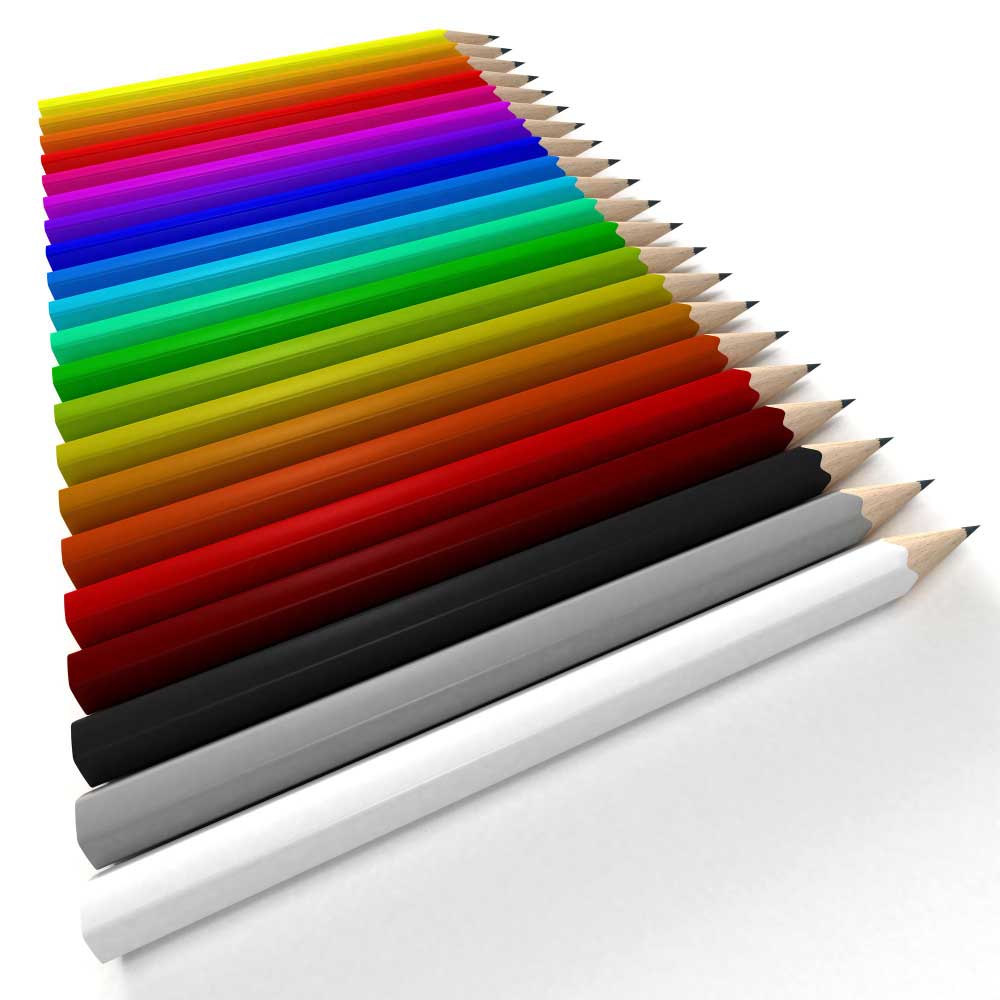
Selecting the right colored pencils for shading techniques is crucial for achieving the desired results in your artwork. Here are some of the top brands known for their high-quality colored pencils, ideal for various shading techniques.
Faber-Castell Polychromos
Faber-Castell Polychromos colored pencils are highly recommended for shading due to their oil-based cores. These pencils are soft and do not crumble under pressure, making them ideal for detailed shading work. They can be used with solvents to create smooth blends and are known for their brilliance of color when applied in layers. The smooth, buttery texture of these pencils ensures an effortless coloring experience. Most of the colors in this range are lightfast, ensuring longevity of your artwork.
| Brand | Core Type | Lightfast Rating | Number of Colors |
|---|---|---|---|
| Faber-Castell Polychromos | Oil-based | Mostly Lightfast | 120 |
For more on professional-grade color pencils, visit our article on professional color pencils.
Royal Talens Van Gogh
The Royal Talens Van Gogh colored pencils are ASTM graded, ensuring high quality and performance. These pencils can be purchased open stock, which is a significant advantage for artists who prefer to buy individual colors as needed. They offer a good balance between pigment and binder, making them suitable for various shading techniques.
| Brand | Core Type | ASTM Rating | Open Stock Availability |
|---|---|---|---|
| Royal Talens Van Gogh | Wax-based | ASTM | Yes |
Explore more about different types of colored pencils in our article on oil-based colored pencils.
Derwent Drawing Colored Pencils
Derwent Drawing colored pencils have primarily wax cores, with a small amount of oil that gives them a unique consistency. These pencils are Blue Wool tested, and 23 out of the 24 colors are rated 8 on the Blue Wool scale, indicating excellent lightfastness. The unique blend of wax and oil allows for smooth application and effective shading.
| Brand | Core Type | Blue Wool Rating | Number of Colors |
|---|---|---|---|
| Derwent Drawing | Wax-based with Oil | 23 out of 24 rated 8 | 24 |
For more information on specialized pencils, check out our article on softcore colored pencils.
Caran d’Ache Luminance
Caran d’Ache Luminance colored pencils are renowned for their lightfastness, graded by the ASTM system. Out of the 100 colors available, 61 pencils are rated LF1 (highest lightfastness), while 39 are rated LF2. These pencils offer a greater variety of lightfast colors compared to other brands, making them ideal for professional artists. The high pigment concentration and smooth application make them perfect for intricate shading techniques.
| Brand | Core Type | ASTM Lightfast Rating | Number of Colors |
|---|---|---|---|
| Caran d’Ache Luminance | Wax-based | 61 LF1, 39 LF2 | 100 |
Discover more about top pencil brands in our article on best colored pencil brands.
Choosing the right colored pencils can make a significant difference in your shading techniques. Whether you prefer the smoothness of oil-based pencils or the unique consistency of a wax and oil blend, these top brands offer a variety of options to suit your artistic needs.









